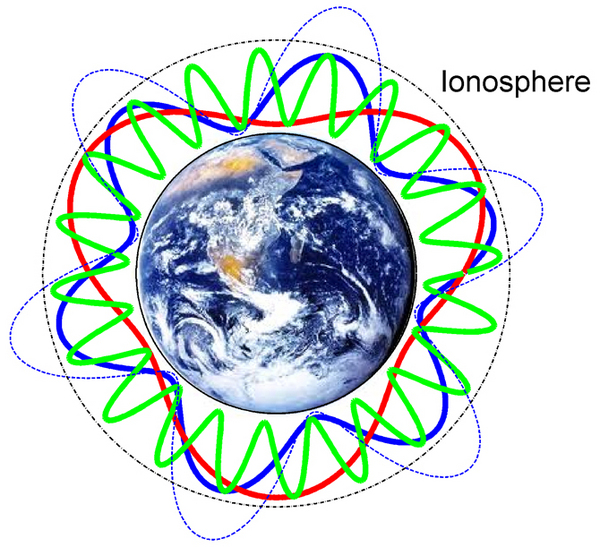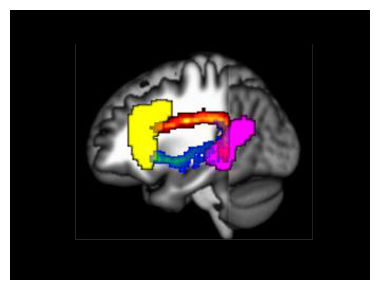
© redOrbit
Men may think about sex more often than women do, but a new study suggests that men also think about other biological needs, such as eating and sleep, more frequently than women do, as well.
And the research discredits the persistent stereotype that men think about sex every seven seconds, which would amount to more than 8,000 thoughts about sex in 16 waking hours. In the study, the median number of young men's thought about sex stood at almost 19 times per day. Young women in the study reported a median of nearly 10 thoughts about sex per day.
As a group, the men also thought about food almost 18 times per day and sleep almost 11 times per day, compared to women's median number of thoughts about eating and sleep, at nearly 15 times and about 8 1/2 times, respectively.
The college-student participants carried a golf tally counter to track their thoughts about either eating, sleep or sex every day for a week. Each student was assigned to just one type of thought to record. Before receiving the tally counter, they had completed a number of questionnaires and were asked to estimate how often they had daily thoughts about eating, sleeping and sex.
Overall, a participant's comfort with sexuality was the best predictor for which person would have the most frequent daily thoughts about sex.
"If you had to know one thing about a person to best predict how often they would be thinking about sex, you'd be better off knowing their emotional orientation toward sexuality, as opposed to knowing whether they were male or female," said Terri Fisher, professor of psychology at Ohio State University's Mansfield campus and lead author of the study. "Frequency of thinking about sex is related to variables beyond one's biological sex."
Correcting this stereotype about men's sexual thoughts is important, Fisher noted.
"It's amazing the way people will spout off these fake statistics that men think about sex nearly constantly and so much more often than women do," she said. "When a man hears a statement like that, he might think there's something wrong with him because he's not spending that much time thinking about sexuality, and when women hear about this, if they spend significant time thinking about sex they might think there's something wrong with them."
The study appears online and is scheduled for publication in the January issue of the
Journal of Sex Research.



